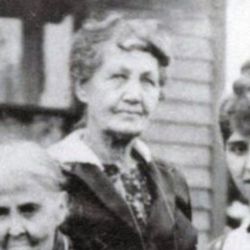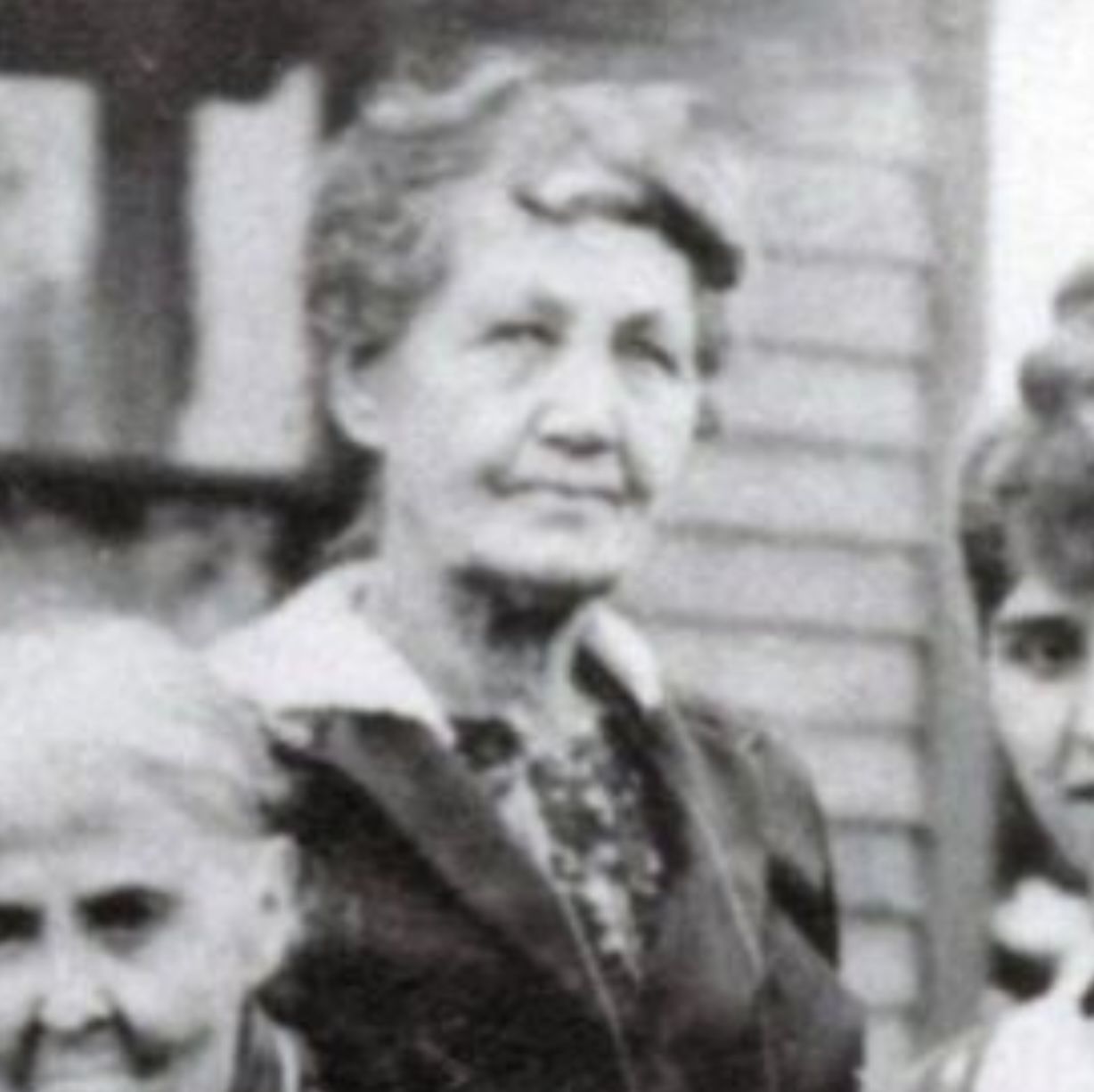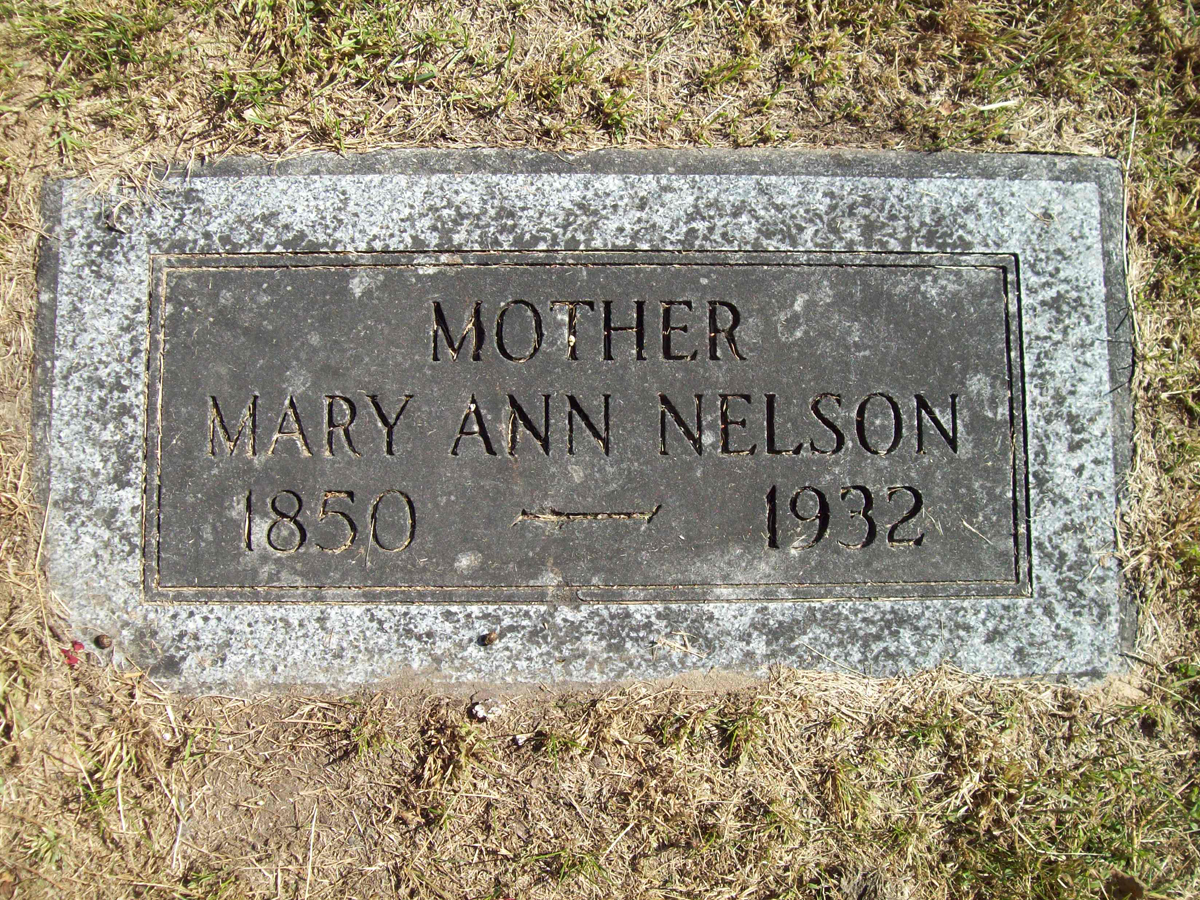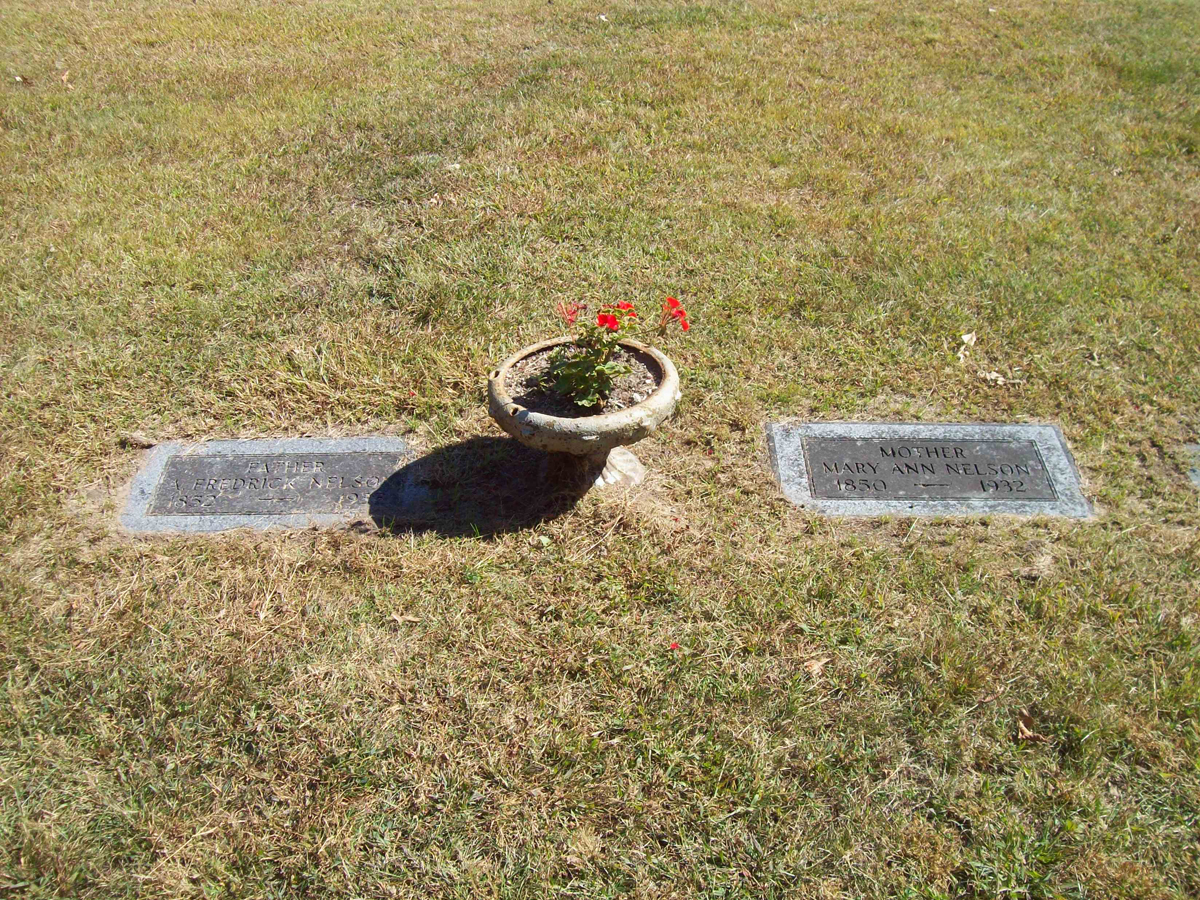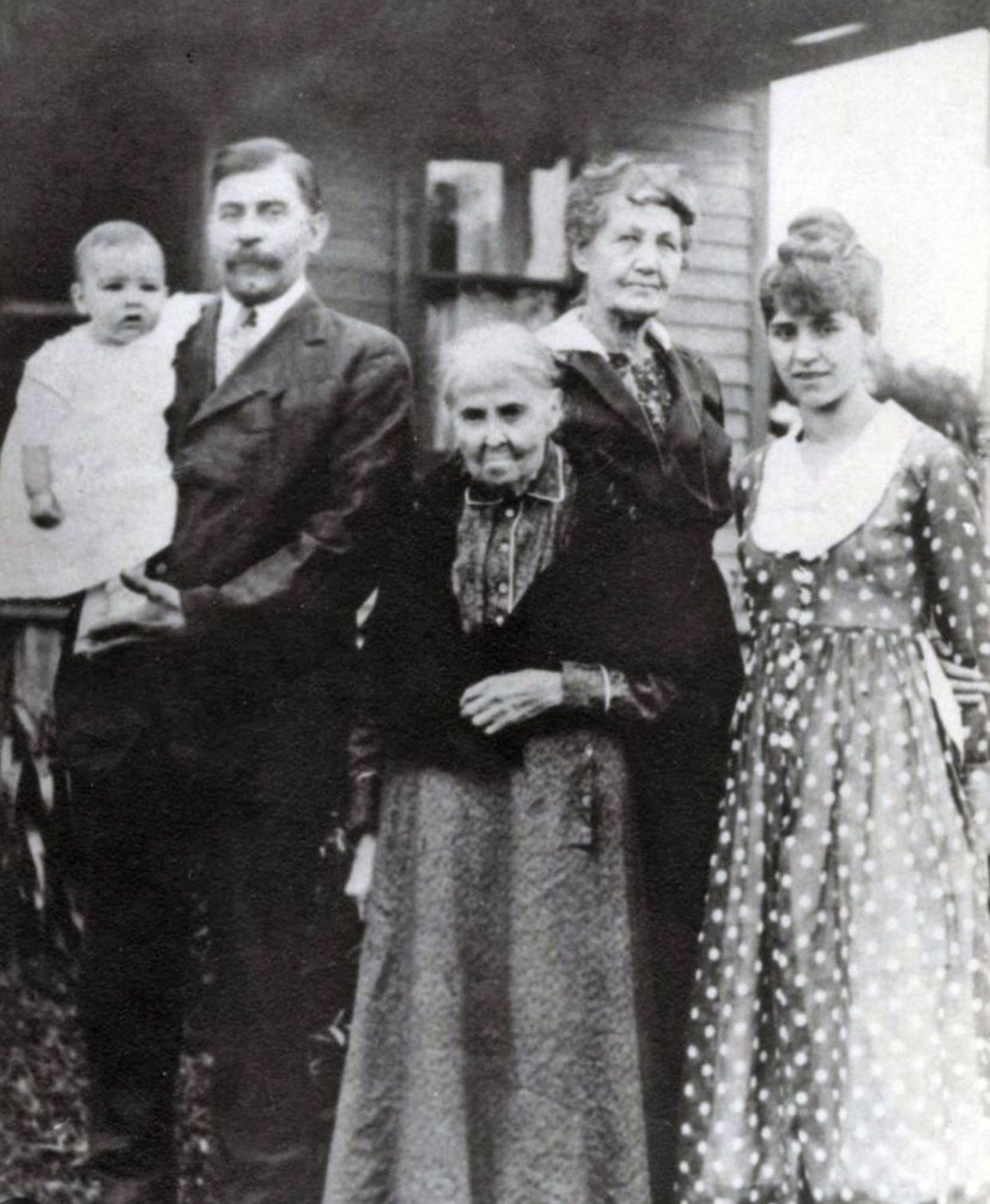Shetek in 1862. He died in 1874 and she was later married to Augustine Frederick Nelson.
*************
Rochester's "Frontier Medicine Woman"
By Thomas Weber July 23, 2021
Rochester (MN) Post Bulletin Newspaper
Mary Ann Eastlick, wife of the "Boy Hero of Lake Shetek," was the city's foremost practitioner of herbal medicine in the 1870s. There was a certain logic to some of the home remedies prescribed by Mary Ann Alexander Eastlick back in the 1870s, when Rochester—with roughly 5,000 residents—was just outgrowing its frontier status.
Mary Ann, who had no formal medical training, was probably Rochester's foremost practitioner of herbal medicines for treating a gamut of conditions, from asthma to diarrhea to heartburn.
For diarrhea, for example, she prescribed geranium herbs. For heartburn, the preferred remedy was dandelion. Buckwheat was used to treat postpartum bleeding, mint was recommended for various stomach ailments, and a combination of pulverized dried sarsaparilla roots and sweet flag roots mixed in warm water provided comfort from a stubborn cough.
One hundred fifty years later, some of those same ingredients still pop up when you search for "home remedies" on places like MayoClinic.com.
Mary Ann also advised people to eat apples and prunes and drink a lot of water to avoid constipation—advice that still makes sense today. The same might be said for her remedy to ease the discomfort of a stuffy nose, which was to inhale the steam from hot water to which eucalyptus oil had been added.
She also practiced as a midwife, and was involved with a reported 100 births.
For decades, Mary Ann Eastlick remained popular with a wide range of patients in southeastern Minnesota, and lived long enough to see Mayo Clinic's Plummer Building, a symbol of medical science, rise up from the heart of the pioneer town she knew as a child.
Mary Ann was born Jan. 13, 1850 in Watertown, Wis., five years after her parents, Joseph and Hannah Alexander, immigrated from England. Four years later the family moved to Rochester, where Joseph dabbled in herbal medicines, and referred to himself as Dr. Alexander when he treated patients with home remedies mixed in the family's log cabin.
Without widespread reliable medical care on the frontier, Joseph Alexander was often the only source of treatment for routine and severe ailments. Hannah Alexander likewise experimented with herbal medicine, concocting cures for "female ailments" in her kitchen. It was only natural that young Mary Ann would adopt the practices of her mother and father.
There was plenty of room for eccentrics on the Minnesota frontier, and Rochester had what we might today consider to be a good number of them.
But the Alexanders were respected and valuable members of the community, where self-reliance was a way of life and suspicion surrounding authority of all kinds, including the well-educated, was part of the culture.
The family had moved to Minnesota seeking relief from a cholera epidemic and lack of business opportunities near their Wisconsin home. Joseph came first, walking the 150 miles from Watertown to La Crosse, where he ferried across the Mississippi in the company of fellow travelers.
He was able to hitch a ride in a wagon with a family heading to Oronoco. When the travelers arrived at a fresh spring, they found a group of campers who had taken ill. "I had some medicine with me and also understood what herbs to administer the sick," he said. "This was my first practice of medicine in Minnesota."
Joseph found the new community of Rochester to his liking. He built a log cabin in what became the southeast area of the city, brought his growing family here, and became an occasional business partner of the town's founder, George Head. Joseph operated both a saw mill and woolen mill, and harvested and sold ice from frozen rivers.
But he was perhaps best-known as a practitioner of homemade cures. By the time of his death in 1897, Joseph had built and maintained a large medical practice.
Meanwhile, his daughter Mary Ann had married Merton Eastlick, one of the most famous men in Minnesota.
Eastlick was known as "The Boy Hero of Lake Shetek." During the Dakota War of 1862, Merton had carried his baby brother 50 miles to safety after the family homestead was attacked.
Mary Ann and Merton initially lived in Mankato, but in 1873 moved back to Rochester where Merton found work as a carpenter. They had one son, William, who was born in 1874.
Two years later, Merton, just 24, became ill with a virus. He died soon after, in November of 1875.
In 1879, Mary Ann married a frontier eccentric: a Danish immigrant named Augustine Nelson, who liked to go downtown on Saturday evenings, dressed to the nines, and serenade passersby at the top of his lungs while playing his accordion.
After their marriage, Augustine and Mary Ann resided for years on Ninth Avenue Southeast, in the same area where Joseph Alexander had established a homestead. They had six children.
It was from this home that Mary Ann dispatched her remedies and made her rounds as a midwife. And it was here that Mary Ann Alexander Eastlick Nelson died at age 82 on Sept. 20, 1932.
Shetek in 1862. He died in 1874 and she was later married to Augustine Frederick Nelson.
*************
Rochester's "Frontier Medicine Woman"
By Thomas Weber July 23, 2021
Rochester (MN) Post Bulletin Newspaper
Mary Ann Eastlick, wife of the "Boy Hero of Lake Shetek," was the city's foremost practitioner of herbal medicine in the 1870s. There was a certain logic to some of the home remedies prescribed by Mary Ann Alexander Eastlick back in the 1870s, when Rochester—with roughly 5,000 residents—was just outgrowing its frontier status.
Mary Ann, who had no formal medical training, was probably Rochester's foremost practitioner of herbal medicines for treating a gamut of conditions, from asthma to diarrhea to heartburn.
For diarrhea, for example, she prescribed geranium herbs. For heartburn, the preferred remedy was dandelion. Buckwheat was used to treat postpartum bleeding, mint was recommended for various stomach ailments, and a combination of pulverized dried sarsaparilla roots and sweet flag roots mixed in warm water provided comfort from a stubborn cough.
One hundred fifty years later, some of those same ingredients still pop up when you search for "home remedies" on places like MayoClinic.com.
Mary Ann also advised people to eat apples and prunes and drink a lot of water to avoid constipation—advice that still makes sense today. The same might be said for her remedy to ease the discomfort of a stuffy nose, which was to inhale the steam from hot water to which eucalyptus oil had been added.
She also practiced as a midwife, and was involved with a reported 100 births.
For decades, Mary Ann Eastlick remained popular with a wide range of patients in southeastern Minnesota, and lived long enough to see Mayo Clinic's Plummer Building, a symbol of medical science, rise up from the heart of the pioneer town she knew as a child.
Mary Ann was born Jan. 13, 1850 in Watertown, Wis., five years after her parents, Joseph and Hannah Alexander, immigrated from England. Four years later the family moved to Rochester, where Joseph dabbled in herbal medicines, and referred to himself as Dr. Alexander when he treated patients with home remedies mixed in the family's log cabin.
Without widespread reliable medical care on the frontier, Joseph Alexander was often the only source of treatment for routine and severe ailments. Hannah Alexander likewise experimented with herbal medicine, concocting cures for "female ailments" in her kitchen. It was only natural that young Mary Ann would adopt the practices of her mother and father.
There was plenty of room for eccentrics on the Minnesota frontier, and Rochester had what we might today consider to be a good number of them.
But the Alexanders were respected and valuable members of the community, where self-reliance was a way of life and suspicion surrounding authority of all kinds, including the well-educated, was part of the culture.
The family had moved to Minnesota seeking relief from a cholera epidemic and lack of business opportunities near their Wisconsin home. Joseph came first, walking the 150 miles from Watertown to La Crosse, where he ferried across the Mississippi in the company of fellow travelers.
He was able to hitch a ride in a wagon with a family heading to Oronoco. When the travelers arrived at a fresh spring, they found a group of campers who had taken ill. "I had some medicine with me and also understood what herbs to administer the sick," he said. "This was my first practice of medicine in Minnesota."
Joseph found the new community of Rochester to his liking. He built a log cabin in what became the southeast area of the city, brought his growing family here, and became an occasional business partner of the town's founder, George Head. Joseph operated both a saw mill and woolen mill, and harvested and sold ice from frozen rivers.
But he was perhaps best-known as a practitioner of homemade cures. By the time of his death in 1897, Joseph had built and maintained a large medical practice.
Meanwhile, his daughter Mary Ann had married Merton Eastlick, one of the most famous men in Minnesota.
Eastlick was known as "The Boy Hero of Lake Shetek." During the Dakota War of 1862, Merton had carried his baby brother 50 miles to safety after the family homestead was attacked.
Mary Ann and Merton initially lived in Mankato, but in 1873 moved back to Rochester where Merton found work as a carpenter. They had one son, William, who was born in 1874.
Two years later, Merton, just 24, became ill with a virus. He died soon after, in November of 1875.
In 1879, Mary Ann married a frontier eccentric: a Danish immigrant named Augustine Nelson, who liked to go downtown on Saturday evenings, dressed to the nines, and serenade passersby at the top of his lungs while playing his accordion.
After their marriage, Augustine and Mary Ann resided for years on Ninth Avenue Southeast, in the same area where Joseph Alexander had established a homestead. They had six children.
It was from this home that Mary Ann dispatched her remedies and made her rounds as a midwife. And it was here that Mary Ann Alexander Eastlick Nelson died at age 82 on Sept. 20, 1932.
Family Members
Sponsored by Ancestry
Advertisement
Advertisement
